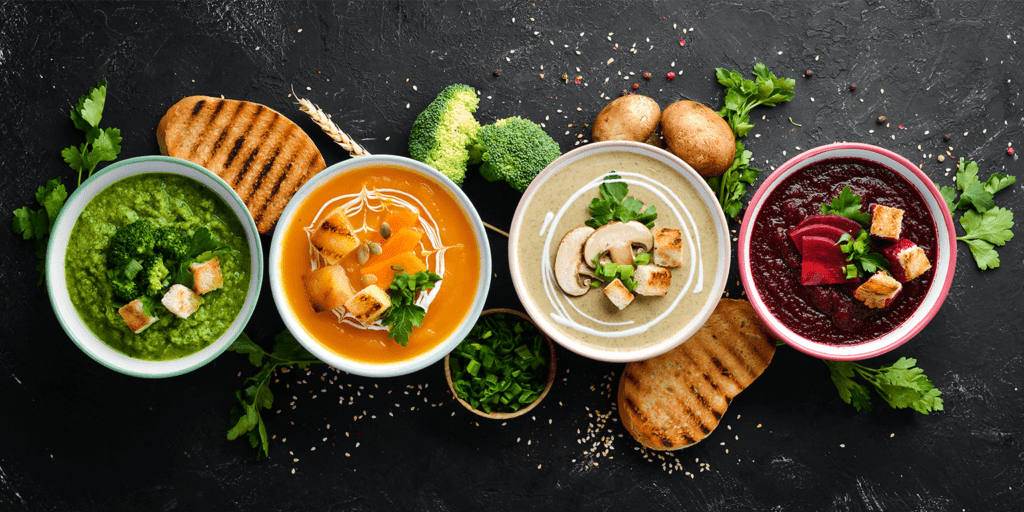
Got a food caddy?
Reduce food waste in your kitchen by recycling your vegetable scraps in a kitchen caddy. If you don’t have one or need extra liners, contact your local council.

Jilly Dougan is a well known “Edible Gardener” from County Armagh. She believes passionately that everyone, especially children, know where their food comes from. In this article she gives us 5 things we need to know about our food.
It’s the most food secure country in the world. We have some fantastic food producers and farmers in Northern Ireland and that’s something we need to respect and support. Yet lots of people still don’t know where their food comes from. We need to get more connected to the fact that everything on our plate starts with the soil.
In the supermarket, vegetables are washed, sliced and diced so children don’t realise a potato should be covered in dirt. We’re disconnected from the concept of growing but anyone can start today with a window box or a tray of pea shoots. It’s rewarding to grow a flower or something you can eat and think, “I did that!”
I make my own compost so it’s clear to me how leftovers like teabags, coffee grounds, fruit and vegetable peelings, and eggshells feed the soil naturally. The compost breaks down and releases nutrients that are essential for the growth of plants. I see the results of it every day in the range of healthy herbs, vegetables and fruit I produce.
Composting is nature’s way of keeping the planet clean. Even if you don’t have the space for a compost heap you can allow your council to create compost from the scraps in your caddy to use in parks, gardens and on farms. You’ll be helping to create something highly nutritious that will help food and flowers to flourish – that’s huge!
The money it saves the council by diverting your food scraps from landfill could go towards something everyone can enjoy – like restoring the glasshouse in Belfast’s Botanic Gardens or improving public services like libraries. It is a way to make us all healthier, happier and more connected.

Jilly’s Recipe For Vegetable Soup
(serves 8)
You will need:
2 large onions
3 cloves garlic (finely chopped)
4 carrots
2 sticks of celery
1 leek
2 medium potatoes
2 tablespoons of rapeseed or olive oil
2 litres of vegetable stock (using stock cubes or stock pots is fine)
2 fresh (or 1 dried) bay leaf
Good handful of fresh parsley, chives or other herbs, finely chopped
Salt and pepper to taste
This soup serves eight and will freeze really well.